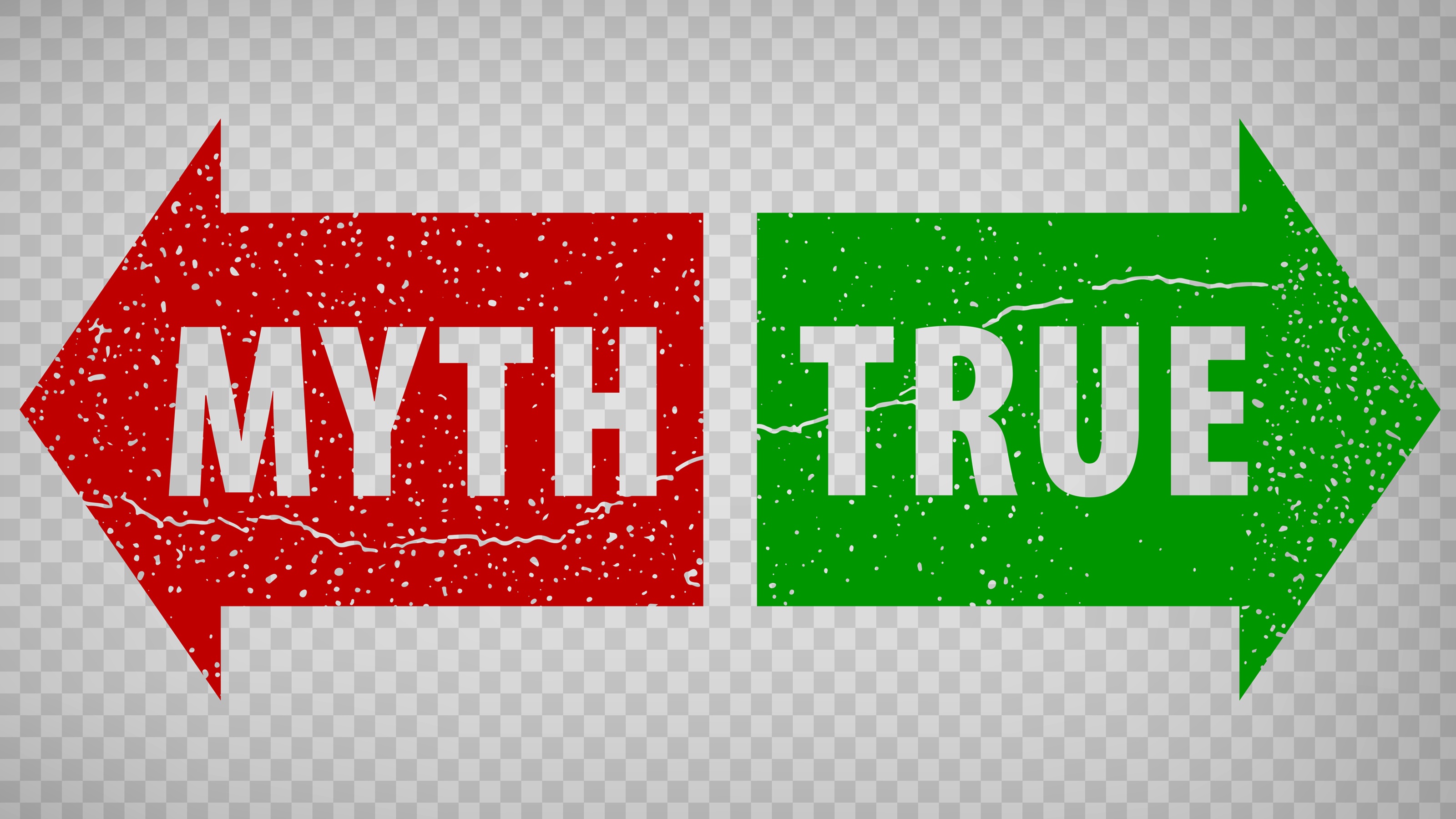Want to Sell Your Business to Beat 2022 Tax Increases? Consider Charitable ‘Bunching’
You could be facing quite a tax bill if you sell your business, especially if capital gains taxes rise. One tool to soften that blow could involve the charitable giving you regularly do anyway.


Thousands of U.S. businesses are sold every year. But with a large increase looming in the U.S. capital gains tax, more owners who will earn more than $1 million this year – including any proceeds from a sale – are strongly considering a sale of their business before year’s end.
For many business owners, 2021 is the perfect storm. The stock market’s seemingly endless rise has helped many to double their net worth within recent years. At the same time, the impact of COVID-19 has made daily operations a never-ending grind. Finally, many are getting offers they can’t refuse. For example, I work with many doctors who receive regular inquiries to sell; one who has experienced all the items I mentioned has just decided to take an offer valued at several million dollars.
Democrats in the U.S. House of Representatives have proposed a top federal rate of 25% on long-term capital gains, up from the current top rate of 20%. But the Biden administration has proposed an increase to a top rate of 39.6% on long-term capital gains and qualified dividends for those with over $1 million in income.
From just $107.88 $24.99 for Kiplinger Personal Finance
Be a smarter, better informed investor.

Sign up for Kiplinger’s Free Newsletters
Profit and prosper with the best of expert advice on investing, taxes, retirement, personal finance and more - straight to your e-mail.
Profit and prosper with the best of expert advice - straight to your e-mail.
The impact of doubling this tax on a business owner looking to sell is significant. At a $5 million sale price, a 20% capital gains tax equals a $1 million tax bill. But a tax of nearly 40% rate means $2 million in taxes on the same sale.
While it is possible Congress could make any capital gains tax increase retroactive, any increase will likely not be effective until 2022. And that’s another reason owners are making the decision to sell their businesses this year.
How to Offset the Capital Gains Tax – Charitable Bunching
Business owners considering a sale can take advantage of one solution to the possibility of higher taxes before year’s end: charitable “bunching.” Charitable bunching is a complex tax strategy tied to a business owner’s charitable contributions. In its simplest terms, the owner makes a significant donation in the year of the sale. This donation – often in the hundreds of thousands of dollars – is more beneficial during the year of sale because it offsets ordinary income taxes from the sale.
This move isn’t far-fetched. Many business owners already donate large sums annually to nonprofit organizations, often using a donor advised fund. This fund provides an immediate tax deduction in the year the contributions are made, even though the donations from the fund to your chosen charities are spread out over several years. It really benefits a person who has a higher-than-normal annual income – which is the reason an owner selling in 2021 should consider the strategy.
Bunching calls for “front-loading” a charitable gift this year equal to 10 years or more of their usual contribution. For example, a person who would normally contribute $30,000 each year to nonprofits will need to donate $300,000 this year for the strategy to work.
Here are the details:
When a business is sold, most of the sale amount is allocated to goodwill and taxed at capital gains rates, often pushing the owner’s remaining income into the highest tax brackets. If a business sells today for $2 million with $1.5 million allocated to goodwill, the capital gains tax is 20% – equal to $300,000. The ordinary income tax is $185,000 ($500,000 x 37%) for the amount allocated to remaining assets, for a total tax bill of $485,000.
For the owner who donates $300,000 to a donor advised fund in the year of sale, the total tax bill would fall to $374,000 – a savings of $111,000. You might ask, “Don’t I receive a benefit if I keep giving $30,000 annually?” The answer is yes, but the benefit is much lower in retirement. That's because the annual standard deduction for married couples filing jointly is $25,100, meaning they will not be able to deduct the full amount of future donations.
The Role Appreciated Shares Can Play
There is one final planning point to our strategy. Because most owners’ investment portfolios have increased so much in recent years, there’s another way to save even more. And that’s by making the initial $300,000 contributions in common stock that has appreciated as part of the owner’s after-tax retirement accounts. By using appreciated stock in these accounts, the owner gets the same $300,000 charitable deduction while bypassing any capital gain on selling those securities in the future.
While the sale of any business is a complex transaction, the owner’s ability to take advantage of a 20% capital gains tax while making donations that can have an impact in their community merits strong consideration. With the potential of a doubling of this tax next year, this argument may be even more compelling between now and Dec. 31.
Profit and prosper with the best of Kiplinger's advice on investing, taxes, retirement, personal finance and much more. Delivered daily. Enter your email in the box and click Sign Me Up.

Eric Harbert has an extensive background in tax and financial planning with over 15 years’ experience. He is a partner and wealth adviser at McGill Advisors, a division of Brightworth, focusing on managing wealth for business owners. Eric has a master’s degree in accounting from UNC Charlotte and holds certifications as a Certified Public Accountant and CERTIFIED FINANCIAL PLANNER™.
-
 Planning a Major Home Renovation? 3 Smart Ways to Finance It
Planning a Major Home Renovation? 3 Smart Ways to Finance ItFrom HELOCs to personal loans, here’s how to pay for a major home renovation without draining your savings.
-
 Six Warren Buffett Quotes Every Retiree Should Live By
Six Warren Buffett Quotes Every Retiree Should Live ByThe 'Oracle of Omaha' knows a thing or two about life, investing and retirement.
-
 Budget Hacks Won't Cut It: These Five Strategies From a Financial Planner Can Help Build Significant Wealth
Budget Hacks Won't Cut It: These Five Strategies From a Financial Planner Can Help Build Significant WealthCutting out your daily latte might make you feel virtuous, but tracking pennies won't pay off. Here are some strategies that can actually build wealth.
-
 To Unwrap a Budget-Friendly Holiday, Consider These Smart Moves From a Financial Professional
To Unwrap a Budget-Friendly Holiday, Consider These Smart Moves From a Financial ProfessionalYou can avoid a 'holiday hangover' of debt by setting a realistic budget, making a detailed list, considering alternative gifts, starting to save now and more.
-
 Treat Home Equity Like Other Investments in Your Retirement Plan: Look at Its Track Record
Treat Home Equity Like Other Investments in Your Retirement Plan: Look at Its Track RecordHomeowners who are considering using home equity in their retirement plan can analyze it like they do their other investments. Here's how.
-
 Why Does It Take Insurers So Darn Long to Pay Claims? An Insurance Expert Explains
Why Does It Take Insurers So Darn Long to Pay Claims? An Insurance Expert ExplainsThe process of verification, investigation and cost assessment after a loss is complex and goes beyond simply cutting a check.
-
 Two Reasons to Consider Deferred Compensation in the Wake of the OBBB, From a Financial Planner
Two Reasons to Consider Deferred Compensation in the Wake of the OBBB, From a Financial PlannerDeferred compensation plans let you potentially lower your current taxes and help to keep you out of a higher tax bracket. It's important to consider the risks.
-
 Financial Fact vs Fiction: The Truth About Social Security Entitlement (and Reverse Mortgages' Bad Rap)
Financial Fact vs Fiction: The Truth About Social Security Entitlement (and Reverse Mortgages' Bad Rap)Despite the 'entitlement' moniker, Social Security and Medicare are both benefits that workers earn. And reverse mortgages can be a strategic tool for certain people. Plus, we're setting the record straight on three other myths.
-
 The End of 2%? An Investment Adviser's Case for Why the Fed Should Raise Its Inflation Target
The End of 2%? An Investment Adviser's Case for Why the Fed Should Raise Its Inflation TargetYes, inflation can be tough on those living on fixed incomes, but protecting us from it too strictly could do our overall economy more harm than good.
-
 Medicare Open Enrollment: Why You Need to Pay Extra Attention to Part D, From a Financial Adviser
Medicare Open Enrollment: Why You Need to Pay Extra Attention to Part D, From a Financial AdviserThe lowest premium for prescription drug coverage might not actually save you the most money. Make sure you take copays into consideration and do the math.